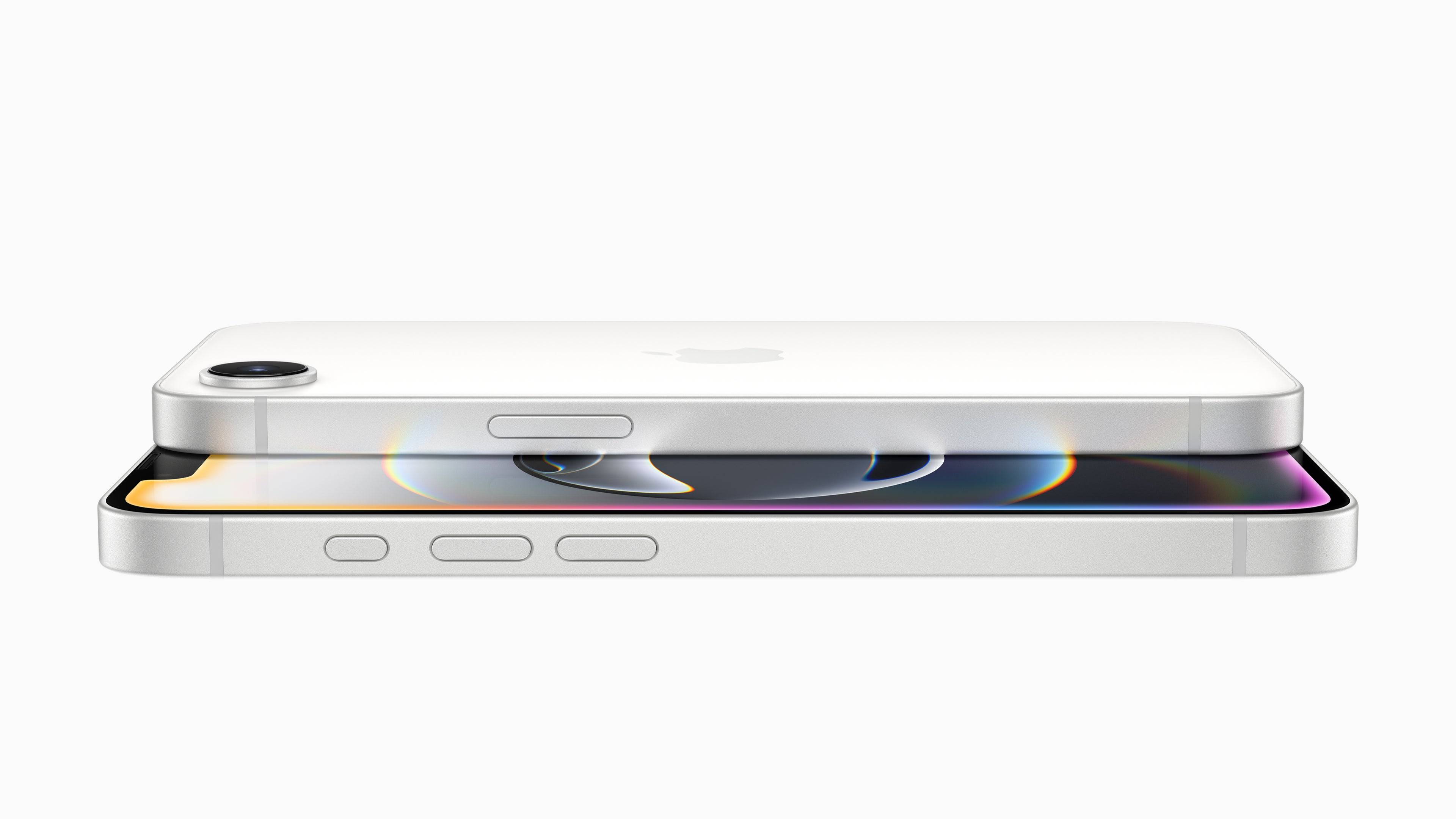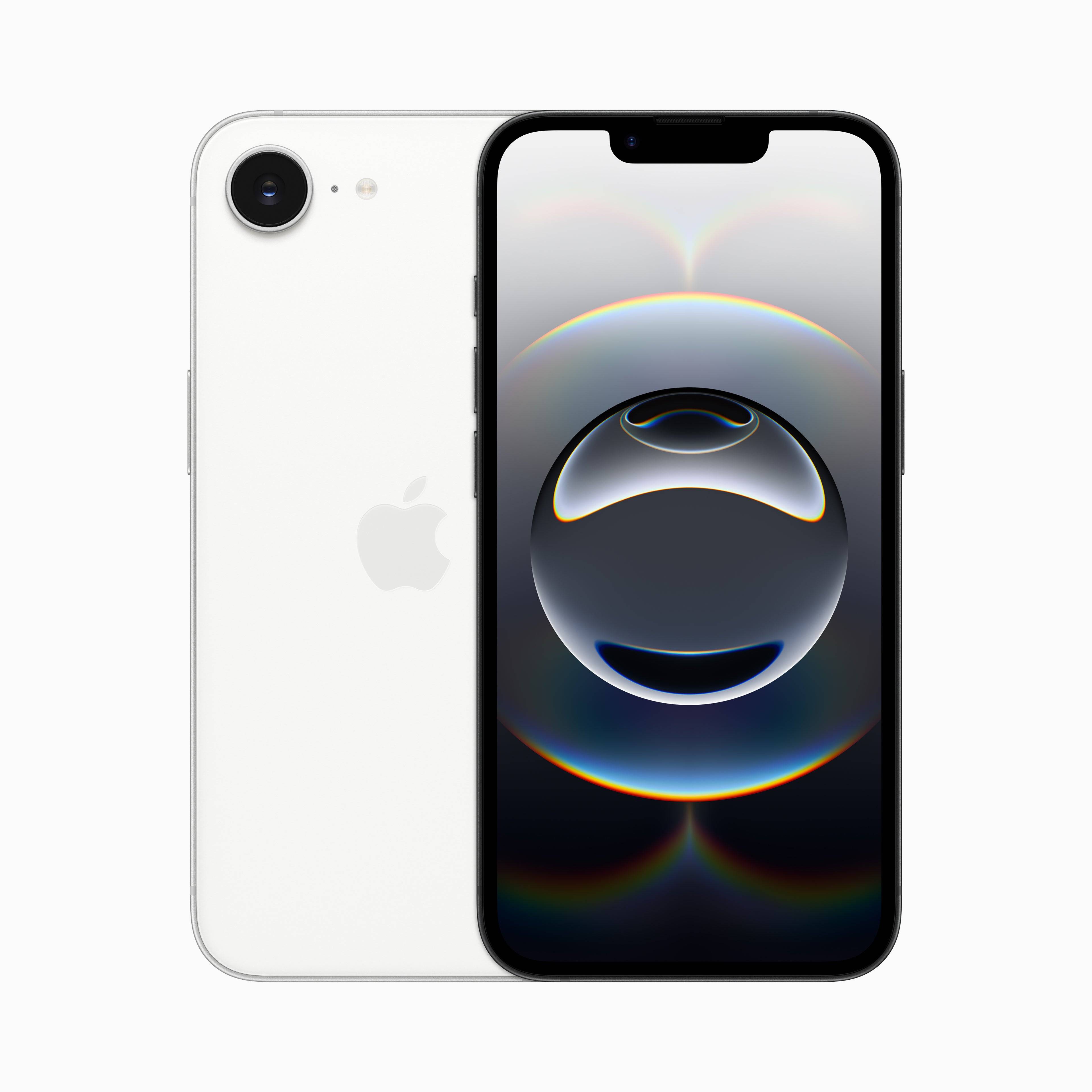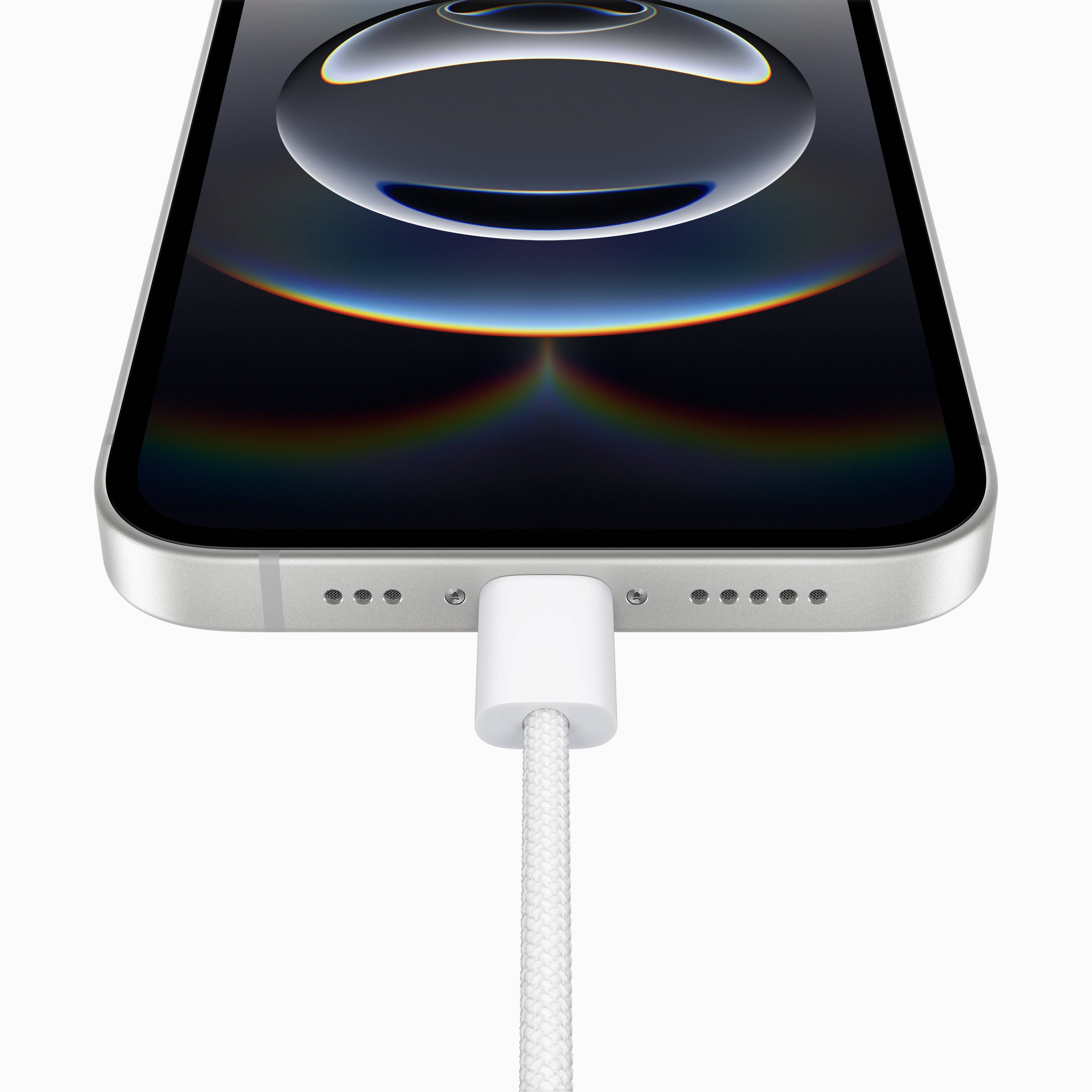On Wednesday morning, Apple unveiled the iPhone 16e, now the most budget-friendly option in the company's current lineup. This new model replaces the 2022 iPhone SE as the "affordable" choice, although it marks a departure from the significant discounts the older SE line was known for. Priced at a starting point of $599, the iPhone 16e narrows the price gap with the $799 iPhone 16 released last fall. Pre-orders for the iPhone 16e begin on Friday, Feb. 21, with the official release following the next week on Friday, Feb. 28.
The iPhone 16e is the first device to feature Apple's C1 cellular modem. Apple has seen considerable success with its in-house chips, such as the M1 series in its computers and the A-series chips in its mobile devices. The cellular modem, often overlooked, is crucial for a phone's performance, and any misstep with the C1 could lead to connectivity issues. Hopefully, Apple has taken lessons from the "Antennagate" scandal, where the iPhone 4 faced signal strength problems due to its antenna design, and ensured the iPhone 16e's connectivity is robust.
iPhone 16e

 4 Images
4 Images

From the front, the iPhone 16e is nearly indistinguishable from the iPhone 14. It features the same specifications, including a 6.1-inch OLED display with a 2532x1170 resolution and a peak brightness of 1,200 nits. While this isn't as sharp or bright as the iPhone 16, the iPhone 16e does include the Action button and a USB-C port, though it lacks the Camera Control feature.
The rear of the iPhone 16e sets it apart from other models, featuring a single 48MP camera, similar to the iPhone SE's design. This camera shares many traits with the iPhone 16's main camera, but lacks some advanced features like sensor-shift stabilization, the latest Photographic styles, and adjustable focus in portrait mode. The selfie camera remains unchanged and supports Face ID.
The iPhone 16e's construction includes an aluminum frame, a glass back, and Apple's Ceramic Shield on the front. While Apple touts Ceramic Shield as "tougher than any smartphone glass," it's important to note that a newer version of Ceramic Shield claims to be "two times tougher." This raises questions about the durability of the older Ceramic Shield used in the iPhone 16e, especially considering the wear and tear observed during the iPhone 16 review.
The internal components of the iPhone 16e showcase Apple's strategy of product differentiation. While the iPhone 16 and 16 Pro already had different chips, the iPhone 16e comes with an "A18" chip similar to the iPhone 16 but with a 4-core GPU instead of the 5-core GPU found in the iPhone 16. This suggests a slight performance step down from the iPhone 16, though the inclusion of the Neural Engine allows the iPhone 16e to access Apple Intelligence features.
The iPhone 16e, priced at $599, represents a compromise to achieve a lower price point than other models in Apple's lineup. Although it's not as heavily discounted as the early iPhone SE models, which started at $429 with the same chip as the $799 iPhone 13, the iPhone 16e is based on a design that's only a couple of years old and has seen minor updates since 2018.
The true performance of the iPhone 16e remains to be seen. With strong competition from Android alternatives like the OnePlus 13R around the $600 mark, Apple may struggle to attract buyers outside its existing ecosystem.






















